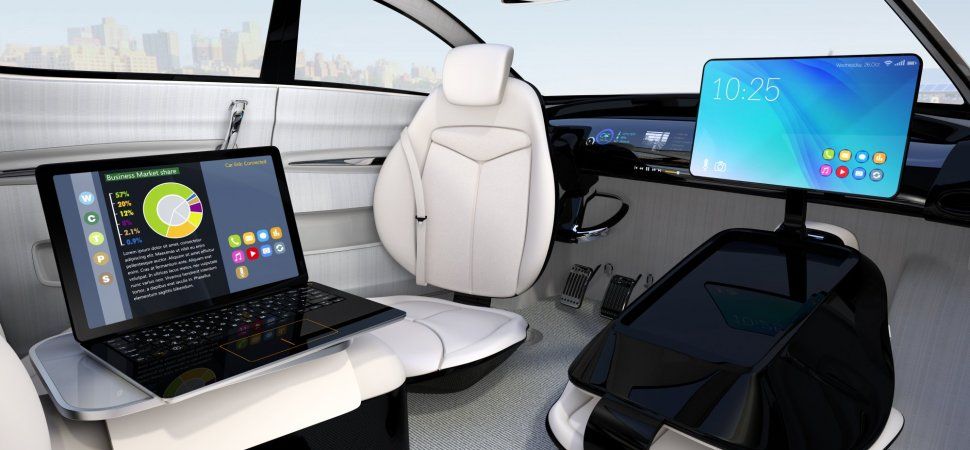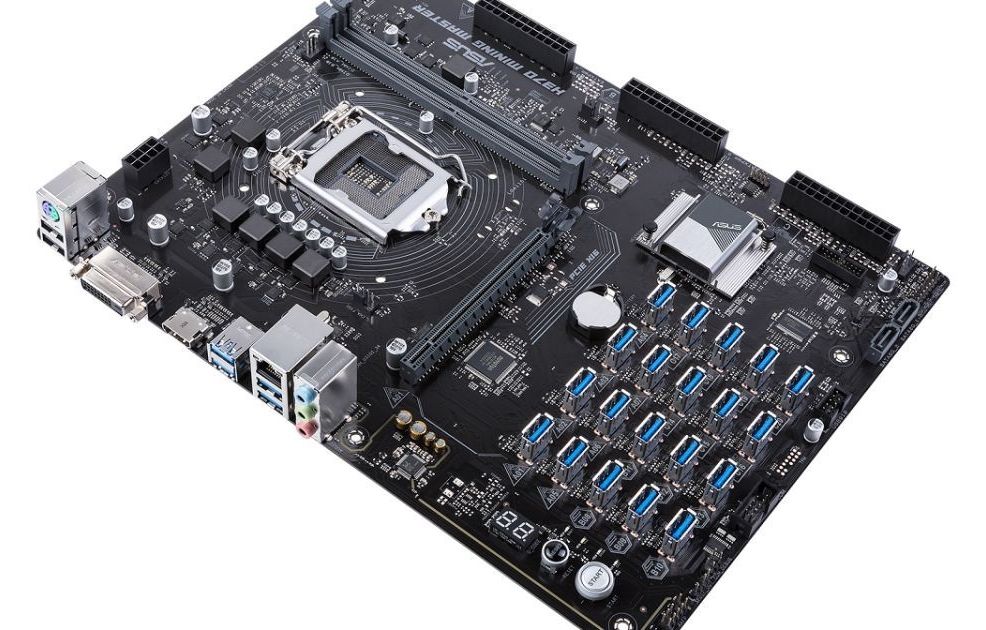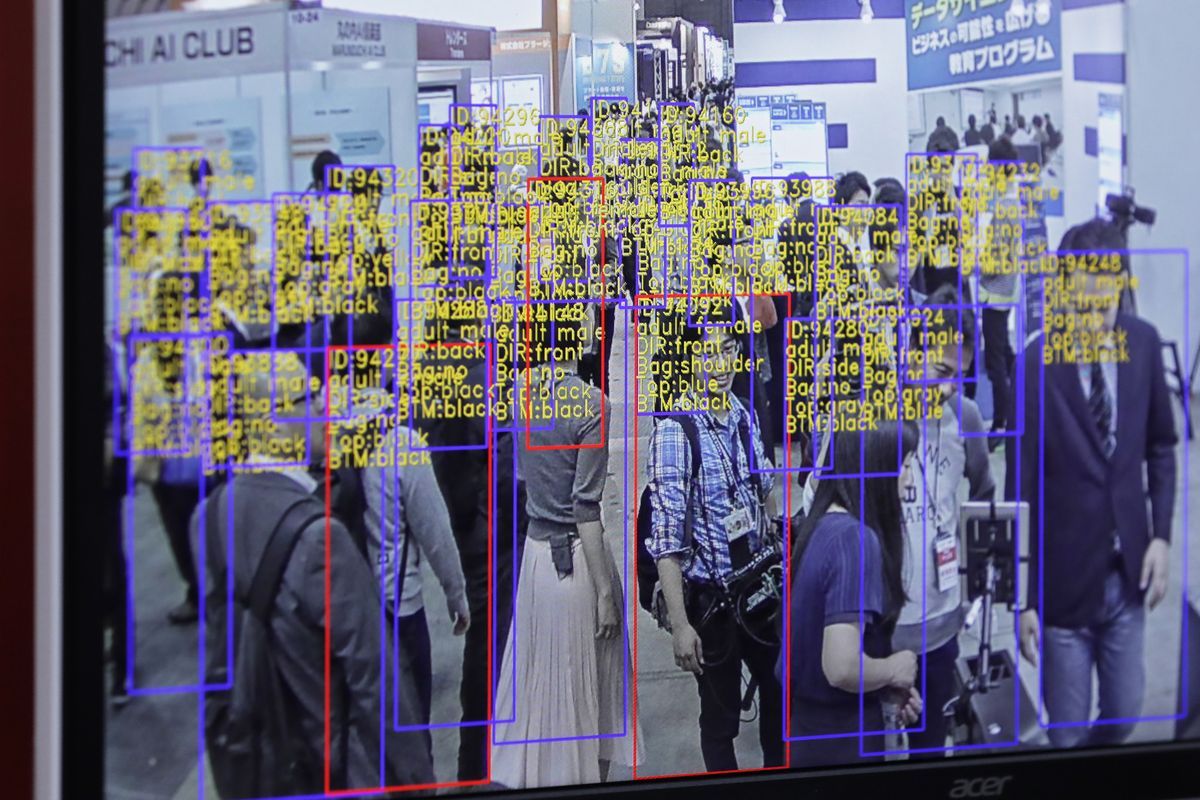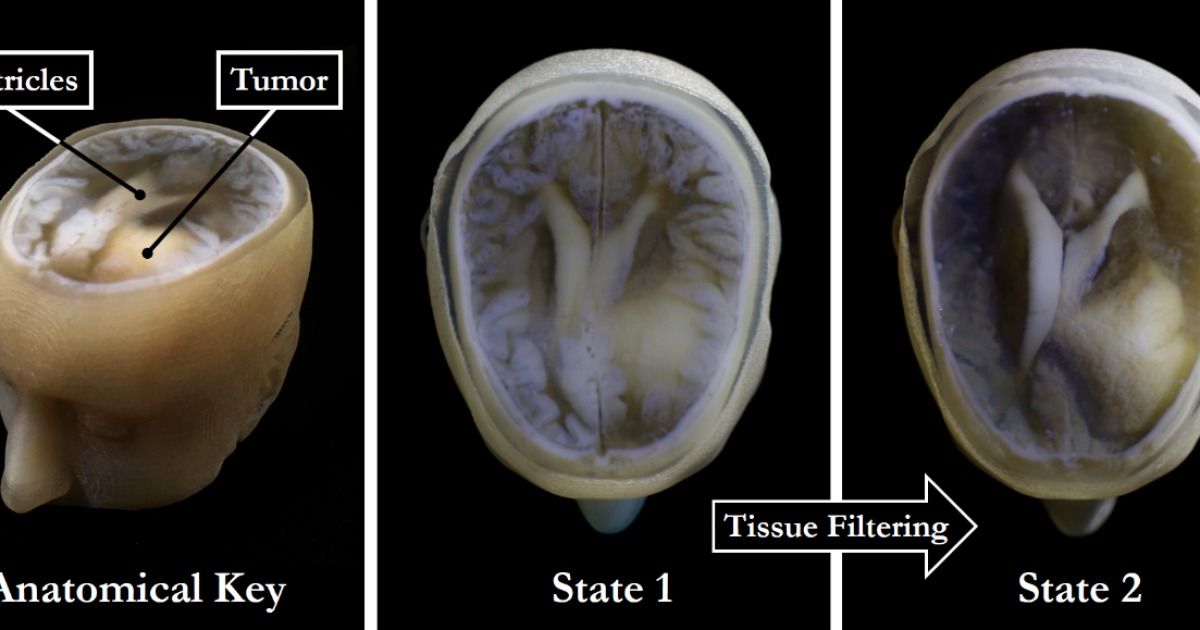Jun 1, 2018
Synthetic molecule super-effective against superbugs
Posted by Genevieve Klien in categories: biotech/medical, existential risks, robotics/AI
Forget zombies or killer robots – the most likely doomsday scenario in the near future is the threat of superbugs. Bacteria are evolving resistance to our best antibiotics at an alarming rate, so developing new ones is a crucial area of study. Now, inspired by a natural molecule produced by marine microorganisms, researchers at North Carolina State University have synthesized a new compound that shows promising antibacterial properties against resistant bugs.
Decades of overuse and overprescription of antibiotics has led to more and more bacteria becoming resistant to them, and the situation is so dire that a recent report warned that they could be killing up to 10 million people a year by 2050. Worse still, the bugs seem to be on schedule, with the ECDC reporting that our last line of defense has already begun to fail in large numbers.


















